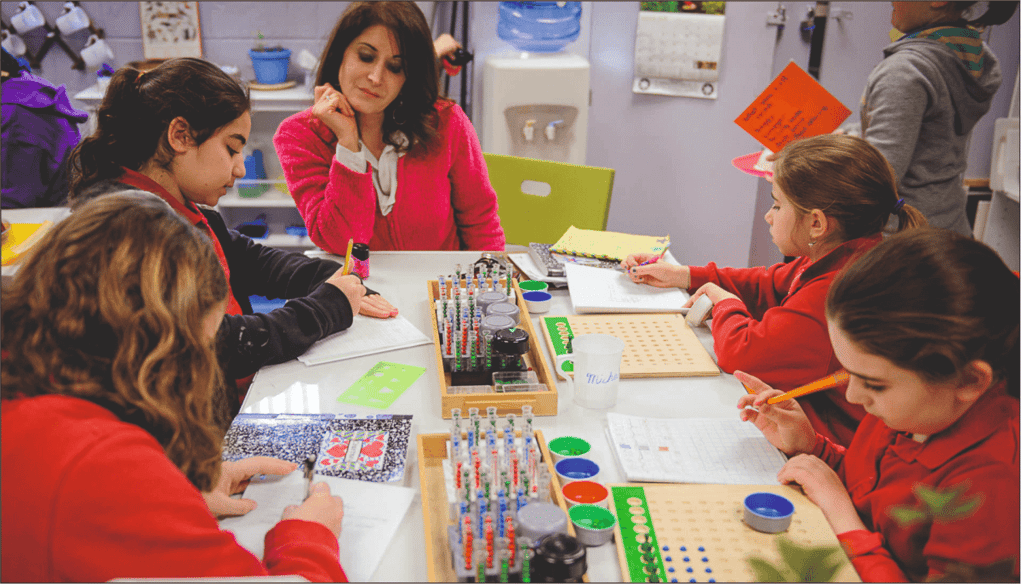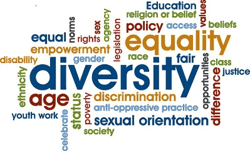Functional literacy
UNESCO brought out the issue of functional literacy in the 1950s to achieve the level of literacy as a ‘craft’ and it referred to functional literacy in a given social setting for ex. to-do or shopping list, writing messages, making notes etc. Since then literacy has changed at a dizzying pace.Writing Instruction and Diversity


Diversity in classrooms
Who are today’s diverse learners in classrooms? Diverse learners are the fastest group of learners in our classroom today. Learners coming from different cultures have become a commonplace. The term ‘diverse’ is used to refer to learners who are culturally different from mainstream students on the basis of different languages, dialects, multiple identities, rural-urban cultures and socio-economic status. Diversity also represent learners who have ‘special needs’ or those who are ‘gifted and talented’ students. The challenges of teaching writing to this kind of diversity in 21st century are much more complex than teaching to a homogeneous group of students based on one-size-fits-all metrics. Understanding diversity can add to our increased understanding of our learners. We can uncover different biases on race, religion, ethnicity voices, identities, different levels of marginalization. In addition, diverse learners may constitute a mix of urban and rural learners coming from public or government school background. Within the same class, we may have students having different native tongues. English as second language speakers may constitute different language cultures for ex.a writing class may constitute Urdu, Arabic, Chinese Hindi, Bhojpuri, Urdu, Malay, Thai as immigrant speakers as well. Public school system in America was established on the principle of catering to increasingly diverse classrooms with a view to embracing linguistics, cultural differences and eliminating the barriers of racism, sexism, and prejudice. In view of the changing demographics of classrooms worldwide, written communication plays a significant role in culturally sensitive classrooms. In a city like New York nearly 50 languages represent diverse voices at one point of time including Hindi, Bengali, Urdu, Chinese, French creole, Russian, Spanish, Vietnamese. Majority of English Language Learners (ELL) among school-aged group in US regularly speak Spanish, French, German and Italian. Their number is more than one million. These speakers may speak dialects of a particular language and might further experience difficulties in understanding the unfamiliar standard dialect of target language. This is quite a complex phenomenon for these learners to understand and use the standard written English and therefore they may not feel at home with language and culture of the target language.Addressing the Issue

Subscribe to our newsletter!
Inclusion is a key word now in education but certain sections are deprived of this opportunity and therefore they have special needs in a general writing classroom. Timely attention and care by a regular language educator can open gateway for inclusion since it works as an authentic microcosm of the culturally sensitive different learning communities on an equitable basis.
To affect a competence-linked learning and assessment, writing needs to be taught in a wide range of contexts and need-based genres. Since writing is context- embedded, giving learners an idea of real audience can sensitize them to visualize writing in realistic settings. Teachers need to be sensitized to the socio-cultural background of the students. Instead of focusing on syllabus completion, teachers need opportunities to design their own materials so as to develop competencies appropriate to grade levels.












